Retro Replay Review
Gameplay
Legend of the Red Dragon II: New World revolutionizes the series’ gameplay by blending elements of Ultima, ZZT and Habitat into a real-time multiplayer BBS door. Unlike its predecessor, which leaned heavily on text menus and turn-based combat, New World offers a sprawling sandbox where you can roam freely, interact with other players in real time and shape the fate of an entire kingdom. Movement occurs on a massive world map, allowing you to travel between cities, forests, mountains and seedy roadside taverns—all in the same session.
Political intrigue and military conflict form the backbone of many of the game’s central quests. You might choose to enlist in a noble’s army and march on rival territories, negotiate alliances in a royal court or orchestrate espionage to undermine your foes. At the same time, the engine fully supports more laid-back pursuits: fishing off a quiet pier, picking berries for your mother’s pies, or simply trading curious loot with friends around a candlelit tavern table. This dual approach means that whether you seek high stakes or low-key leisure, New World accommodates your play style.
For adventurers craving never-ending variety, the game includes support for user-contributed modules. These community expansions introduce new dungeons, NPCs and mini-campaigns, extending replay value well beyond the base offerings. Combat is quick and intuitive, with random encounters that test your reflexes and strategic choices, while non-combat interactions—bartering, gossiping, quest-giving—add a rich social layer. In all, the gameplay loop is as deep as you want it to be, from a solo roguelike drift through monster-strewn marshes to a full-scale multiplayer siege.
Graphics
Visually, New World embraces a retro aesthetic reminiscent of early BBS and ANSI art, yet it feels surprisingly coherent and functional. The game uses a tile-based system populated by simple character glyphs and color codes, evoking memories of ZZT’s charming ASCII vistas. While there are no high-definition sprites or 3D models, the deliberate use of text-based graphics allows for seamless online play over dial-up and fosters a distinctive atmosphere that modern pixel-art enthusiasts will appreciate.
Each region on the world map is rendered with its own palette and icon set—verdant greens for forest tiles, dusty browns for desert expanses, and cool blues for seaport docks—helping you quickly orient yourself during exploration. Character portraits in taverns or quest screens are sketched in blocky detail, but they carry enough personality to make every NPC memorable. Weather effects, day-night shifts and simple animations (like flickering torches or waving seaweed) add an extra layer of immersion despite the minimalist canvas.
Perhaps the most impressive graphical achievement is how well New World integrates user modules. Creators can define new tilesets, map layouts and color schemes, which the engine then pulls in dynamically. This means that boatloads of community expansions can radically alter the look and feel of your game without breaking consistency. For a genre often criticized for its visual austerity, New World demonstrates that clever design and player creativity can transform simple graphics into an endlessly engaging tapestry.
Story
While New World doesn’t follow a single linear narrative, it offers a rich tapestry of story threads that you can piece together through your adventures. Each city and region has its own history, rulers with competing ambitions and hidden legends waiting to be uncovered. Your journey might begin with a humble errand—delivering a letter to a merchant guild—but can quickly escalate into kingdom-shaking plots involving traitors, warlords and ancient magic.
Side quests pepper the landscape with bite-sized tales: a farmer beseeching you to rid his apple orchards of pests, a tavern wench who swears she’s seen ghosts in the cellars, or a secret society seeking to recruit brave souls for a shadow war. These encounters are more than filler—they give New World a living, breathing quality, as NPC motivations evolve based on player actions and world events. Friendships, rivalries and alliances form organically, often leading to surprising emergent narratives.
The inclusion of community-made modules further amplifies the story potential. Talented hobbyists have crafted intricate campaigns that rival many commercial RPGs in scope, featuring novel villains, custom lore and unique regions. When you combine the official content with fan expansions, the result is a sprawling mosaic of tales that ensures no two playthroughs are ever the same. For those who love to craft their own legends, New World provides both the playground and the building blocks.
Overall Experience
Legend of the Red Dragon II: New World stands as a testament to creative design under technical constraints. By seamlessly merging online multiplayer, sandbox exploration and community-driven content, it delivers an experience that feels modern despite its origins in the BBS era. Whether you’re drawn by the nostalgia of text-based adventures or curious about what early networked RPGs had to offer, New World remains surprisingly accessible and endlessly engaging.
The learning curve can be steep for players unfamiliar with BBS-style interfaces or ANSI art conventions, but a few hours of exploration will quickly dispel any confusion. The game’s intuitive menu system, clear iconography and active player community make onboarding smooth, even for newcomers. And once you’ve unlocked the basics, the depth and freedom on offer become immediately apparent.
In an age where massive budgets and photorealistic graphics often overshadow gameplay innovation, Legend of the Red Dragon II: New World is a refreshing reminder that imaginative design and player agency are what truly define a memorable RPG. Whether you seek epic battles, clandestine diplomacy or simple moments of camaraderie around a digital campfire, this game delivers an experience that’s both timeless and uniquely its own.
 Retro Replay Retro Replay gaming reviews, news, emulation, geek stuff and more!
Retro Replay Retro Replay gaming reviews, news, emulation, geek stuff and more!
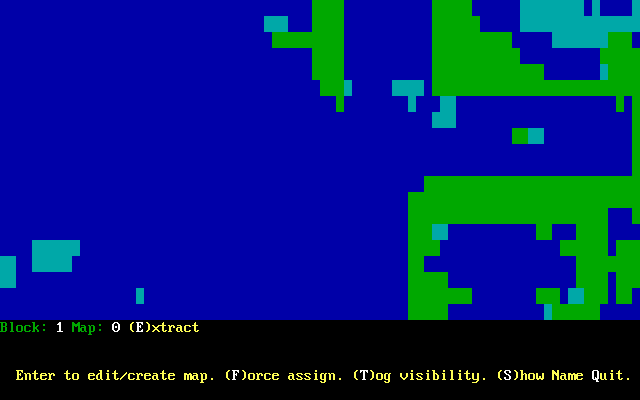
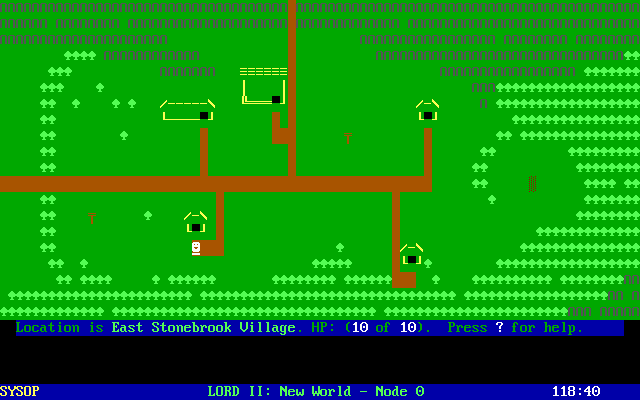
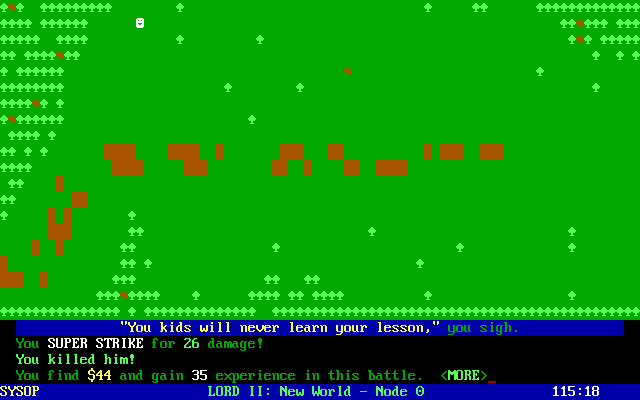

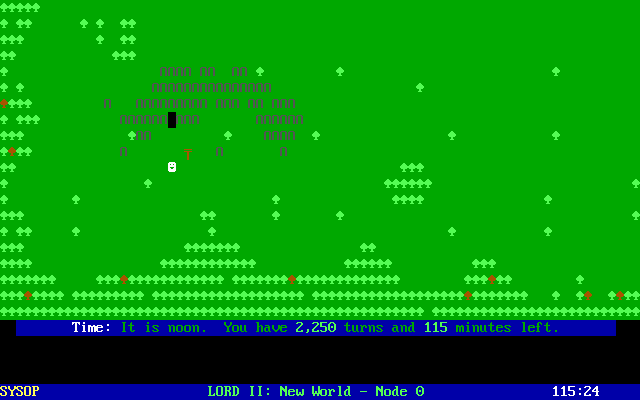
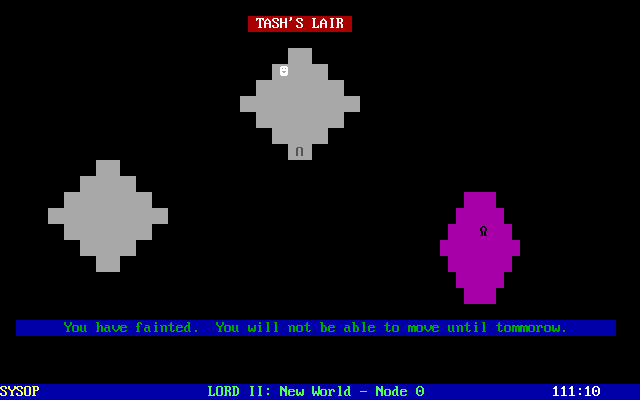



Reviews
There are no reviews yet.